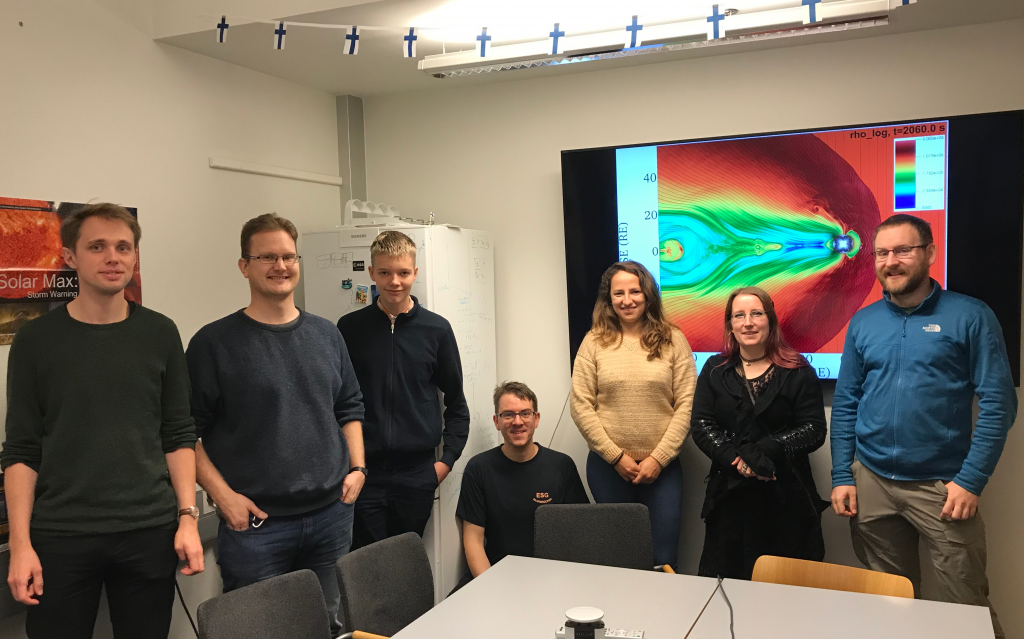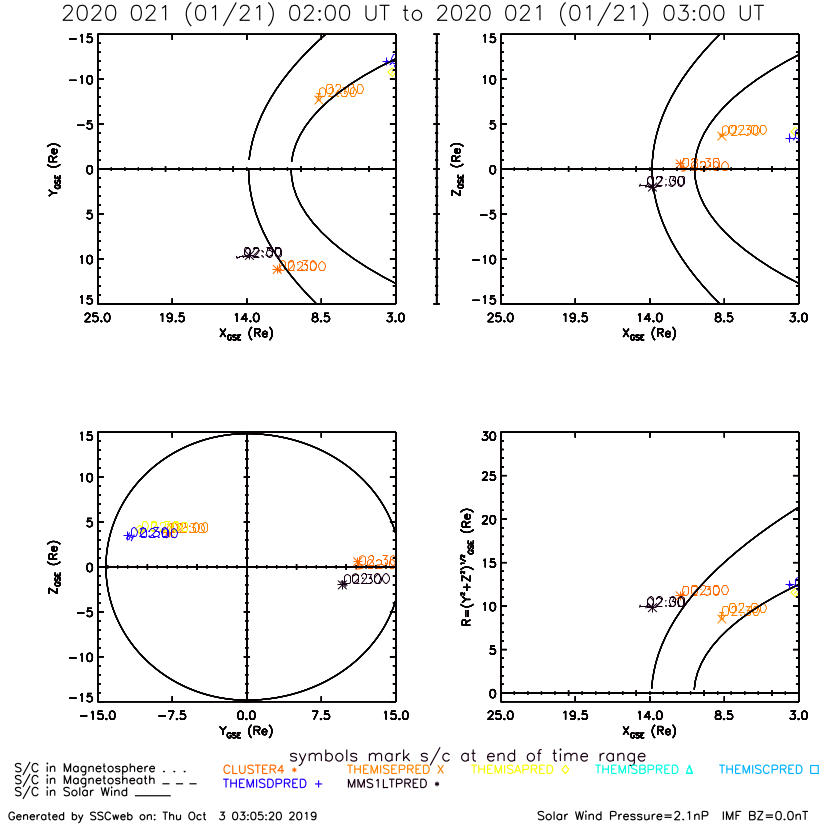During the first week of October, Werner Karjalainen from the secondary school Helsingin yhteislyseo visited the space research groups, learning what constitutes a weeks work for a space physicist. He wrote a report of his experiences – read it below!

Hi, I’m Werner Karjalainen from 9th grade, and I was one week at the University of Helsinki at work practice program in the fall of 2019. During my week in the Space Physics team at the University of Helsinki, I interviewed 6 researchers: Urs Ganse, Emilia Kilpua, Yann Pfau-Kempf, Lucile Turc, Diana Morosan and Adnan Osmane.
I found out that there are three research groups. Adnan’s research group researches Earth’s radiation belts. Emilia’s group focuses on solar eruptions and coronal mass ejections. Vlasiator group researches high performance computing simulations of the Earth’s magnetosphere.
Researchers in one group work together with the same research project. Even though they work with same research in group, still almost everyone wants to find out something else than others. For example Urs wants to know that what are the plasma waves like and Lucile wants to find out that what creates plasma waves at near earth space even though they are in same research group.
Many of them said that their work has not been used commercially. However, Urs said that even though his work has not been used commercially, his simulations have been used at making of fusion reactors. Adnan also told that he will be working on upcoming years on propabilities and information theory that have commercial applications.
Many of them became researchers, because they liked learning and discovering new things. They all have of course studied physics at the university. Emilia’s case was interesting: She had just a summer job at the Space Physics team but after the summer she stayed and continued working there.
Why to become a researcher? Because it’s fun and interesting and you can make your own time schedule, you can be a part of larger space research, it can be challenging and you have a lot freedom to research. They really like their jobs and many of them like that they can work whenever they want and there is good atmosphere in the research group. Urs said that it feels like his job is from the future.
Negative things about job is that they have to apply for funding and there are only a few jobs at research in general and when you get higher up there are lots of administrative work.
Researching is interesting, even too interesting. Emilia said that there are so much interesting things to do that there isn’t enough time for everything. Lucile said that she can’t sometimes get her mind stop thinking about her work because it’s so interesting.
In addition to the interviewing I did, one day I studied the trajectories of the satellites Cluster and Magnetospheric Multiscale Mission (MMS) based on calculations of where they would be at a given time. I tried to find when those satellites were in conjunction at the Earth’s bow shock. I searched for it from trajectory pictures. So I tried to find good times for the satellites to collect extra “burst mode” data. Thanks to me those satellites will collect additional data for 2 hours and they might find something interesting.

